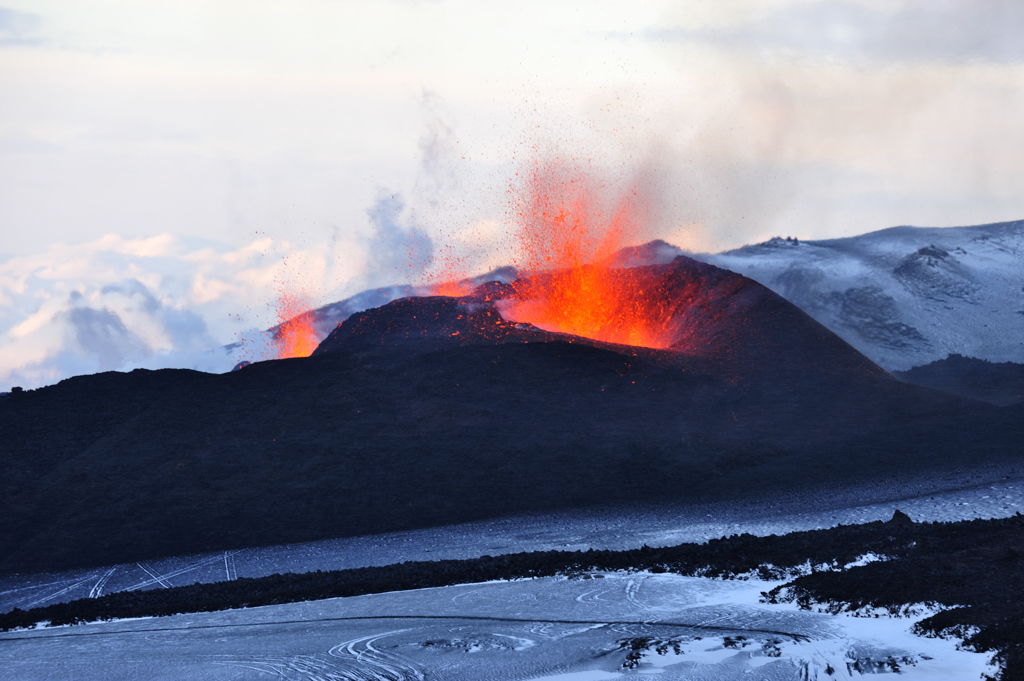| The pool has barely retained its blue color. Photo by Miguel Hermoso Cuesta |
The Morning Glory Pool is
located on the northern edge of the Upper Geyser Basin. It was named in 1883
for its magnificently deep blue color that nearly matched the flower for which it was named.
This pool is roughly 23 feet by
26 feet and is about 23 feet deep. Currently, the temperature of the water in the
Morning Glory Pool is around 171.6 degrees Fahrenheit. The water is clear
enough that you can see the way that the sides taper down into its depths.
Viewed from some angles, this gives the illusion that the pool is in fact running
down into the center. This also makes the pool seem as if it has a “stem,”
which makes its name that much more appropriate.
Unfortunately, the pool has
changed color over the years because of the acts of uncaring or unwitting
visitors. Tons (yes, tons) of trash have been thrown into the pool, effectively
blocking the vents that keep the pool so hot. Thermophilic bacteria that need
high temperatures to survive cause the blue color of the pool.
When the vents became blocked by
trash, the temperature in the pool started to drop, thus killing some of these
bacteria. The drop in temperature also made it possible for other bacteria to
thrive in the Morning Glory Pool. These new bacteria are red, yellow and orange
and are changing the pool’s color from the outside in. As the pool gets cooler,
the new bacteria move closer to its center. Given enough time, the entire pool
could change if the vents do not get opened back up.
An old road used to go directly
by the Morning Glory Pool, so there were many more visitors to it in the past. Today
that road is gone. Visitors must walk or bicycle for 1.5 miles both ways to get
to the pool; a three-mile trip total. This means fewer visitors and fewer
opportunities to steal pieces of the edge of the pool or throw trash into its
depths.
Because the Morning Glory Pool
is a geyser it is hoped that it will one day blow the trash loose and thus
remove the blockage from its thermal vents. However, whether it will do so or
not is uncertain, especially with the amount of trash that is in it. For now,
we can only hope that some effort on our part or some natural occurrence will
return the pool to its original, magnificent state.
.jpg)

